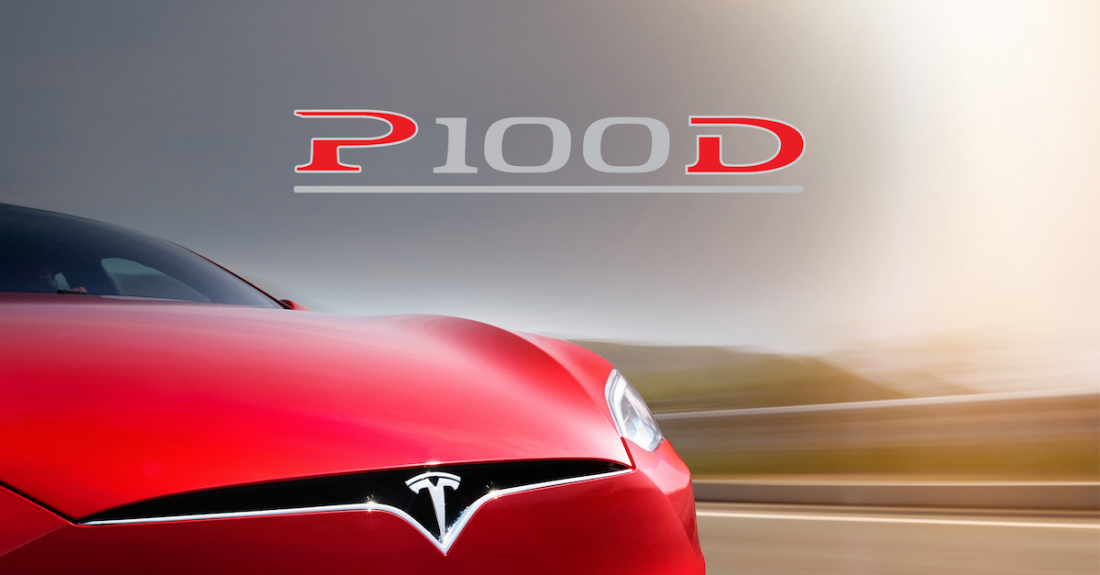
Tesla on Tuesday further solidified its reputation as the world’s preeminent electric vehicle manufacturer with the launch of a new battery pack for its Model S sedan and Model X SUV that boosts range and performance to unparalleled heights.
With its new 100 kWh battery pack, the Model S P100D becomes the first production electric vehicle to cross the 300 mile range barrier with an estimated range of 315 miles on a full charge.
With the Ludicrous mode upgrade, the P100D is able to accelerate from 0-60 mph in an astonishing 2.5 seconds. Tesla says this makes it the third fastest accelerating production car ever, second only to the limited-run LaFerrari and Porsche 918 Spyder two-seaters (neither of which you can buy new today).
For those not into motorsports, that’s an incredibly quick 0-60 mph time that’ll ensure you’ll always be the first out of the gate at stop lights and on the drag strip.
The Model X P100D, which can seat up to seven adults, sees its range extended to 289 miles and with Ludicrous mode, it can zip from 0-60 mph in 2.9 seconds. According to Car and Driver, it takes a Chevrolet Corvette Z06 with 650 horsepower a full 3.0 seconds to do the same from the factory (it’s a different story with slicks but the Tesla’s AWD system is an advantage that can’t be discredited).
For existing P90D Ludicrous owners, upgrading to the new 100 kWh battery pack will set you back $20,000. For those that have a P90D Ludicrous vehicle on order but haven’t yet taken delivery, the price is cut in half to $10,000.
https://www.techspot.com/news/66073-tesla-model-s-model-x-now-even-quicker.html